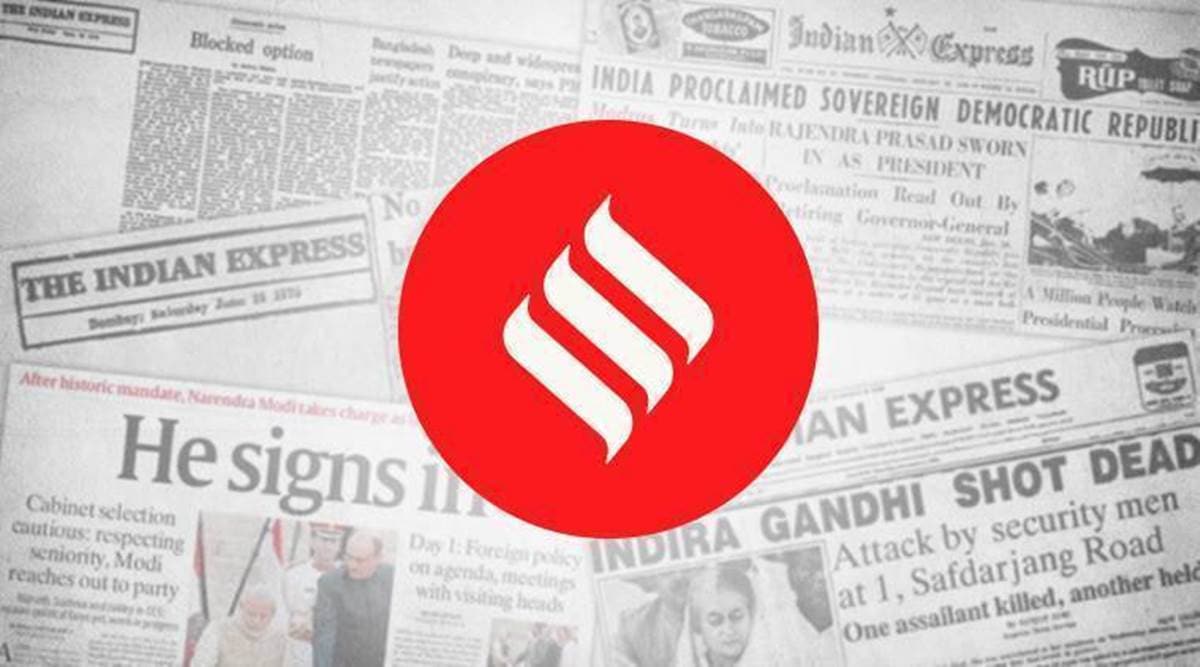 For the Indian American community, especially the large Tamil diaspora, this would be a seminal moment of connect with American politics.
For the Indian American community, especially the large Tamil diaspora, this would be a seminal moment of connect with American politics.The minutes of the last monetary policy committee meeting, published on Thursday, underline the quandary facing the members, with the sharp spike in retail inflation restricting the space to ease monetary policy further to support growth, despite expectations that real GDP will record its “deepest contraction in history” this year. Though the committee pledged to maintain its accommodative stance “as long as it is necessary to revive growth and mitigate the impact of COVID-19 on the economy”, there was a marked shift in tone. In previous meetings, since the onset of the COVID-19 pandemic, the committee had attached primacy to addressing the growth concerns. But this time around, with retail inflation continuing to remain elevated and breaching the upper threshold of the inflation targeting framework, inflation dominated the discourse. While the individual members differed to some extent in their assessment of the situation, the broad message from the minutes of the meeting is one of wait and watch.
The minutes also reveal the committee members’ discomfiture with the inflation data at two levels. First, the manner in which inflation was estimated by the National Statistics Office (NSO) for the months of April and May — a period when the imposition of the national lockdown made data collection difficult. Some members have recorded their “strong reservations” in accepting these figures, and have recommended observing these readings as a break in the data series. Second, the continuing uncertainty over the impact of the COVID shock on inflation, and its trajectory going forward. Retail inflation, as measured by the consumer price index, inched up to 6.93 per cent in July, from 6.23 per cent in June. But, as a committee member noted, “there are different inflation/deflation pressures that need to be watched carefully.” If inflation does indeed trend lower in the second half of the year, on the lines of the RBI/MPC’s expectations, then it could open up space for further easing. However, if it continues to remain elevated, then it restricts the policy choices available to the committee, despite it being driven largely by supply side shocks. “If inflation persists above the upper tolerance band for one more quarter, monetary policy will be constrained by mandate to undertake remedial action,” noted a member, signalling a distinctly hawkish stance.
The August monetary policy meeting was the last meeting for the three external members of the MPC before they complete their four-year term ending in September. Three new external members will take their place in the next policy meeting scheduled in October. Given the uncertain inflation outlook, the urgent task before the next MPC will be how to reconcile its inflation targeting mandate with the continuing weak growth impulses.